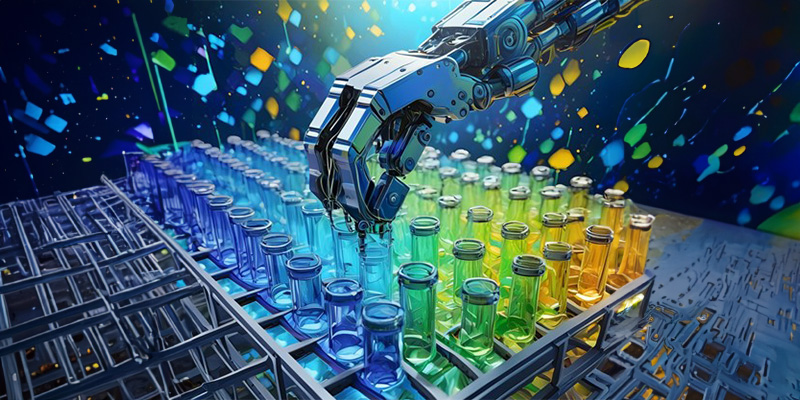New automation and robotics for Chemistry lab can decipher complex pd-catalyzed reactions
The Automation and Robotics for Chemistry (ARC) at the University of York has combined modern chemical technologies and data sciences to pave the way for advancing cross-coupling reactions.

In collaboration with the Department of Mathematics (Professor Julie Wilson), the new and expanding Automation and Robotics for Chemistry (ARC) lab, housed in the Department of Chemistry and led by Professor Ian Fairlamb, has reported significant findings on one of the most complicated palladium-catalyzed cross-coupling reactions known in the chemical literature. By utilizing modern chemical technologies (automated high-throughput experimentation) and data science techniques, the lab has paved the way for advancements in the field of palladium-catalyzed cross-coupling reactions. This innovative approach is set to enhance our understanding and development of these reactions, optimizing their efficiency and expanding their potential applications in the future.
Professor Fairlamb said, “our approach has the opportunity to transform the way reaction mechanisms are investigated, while understanding chemical triggers for side-product generation.”
Reaction technologies in chemistry are typically employed to optimize reaction conditions for producing a major species, which can then be scaled-up for more efficient and productive generation. However, minor reaction species are often overlooked. Palladium-catalyzed cross-couplings are inherently complex, forming intricate reaction networks which originate from the nature of catalysis itself.
In their publication “Deciphering complexity in Pd–catalyzed cross-couplings”, the researchers from York planned and automated 40 reactions in triplicate, sampling at four different time points, producing 480 reaction profiles. Each of these were monitored using analytical techniques for a complete reaction signature, leading to approximately 20 different reaction side-products and by-products being identified. The data was processed using various data analysis techniques including principal component analysis, correspondence analysis, and heatmaps with hierarchical clustering.
From the large reaction data set collected, the researchers could deduce that post-functionalization of the target is affected by several variables: solvent polarity, reaction temperature, and time. The profile and distribution of side-products indicate that there could be advantages in exploring both higher and lower reaction temperatures, and longer and shorter reaction times, to aid in promoting formation of one particular product.
One of the PhD students involved in the work, Dr George Clarke, said “Often, complex reactions forming many products are abandoned, but this work introduces a new lens to understanding complex reaction networks. I hope other researchers adopt this methodology to investigate various complex reactions, including the safety implications of side reactions in drug synthesis.”
Dr James Firth, a postdoctoral researcher, agreed, saying, “This work highlights the power of coupling high-throughput experimentation with multivariate statistical analysis to rapidly elucidate catalytic mechanisms. It also shows the importance of collaboration and cross-functional teams in modern synthetic chemistry research programmes.”
Professor Wilson said, “Using robotics enables simultaneous experiments with varied reaction conditions to be performed. Analysis of results, using multivariate statistical methods, assesses the effects of different parameters, such as solvent, temperature, and reaction time, on both yield and side products, providing a deeper understanding of the reaction.”
The paper is available online from Nature Communications.